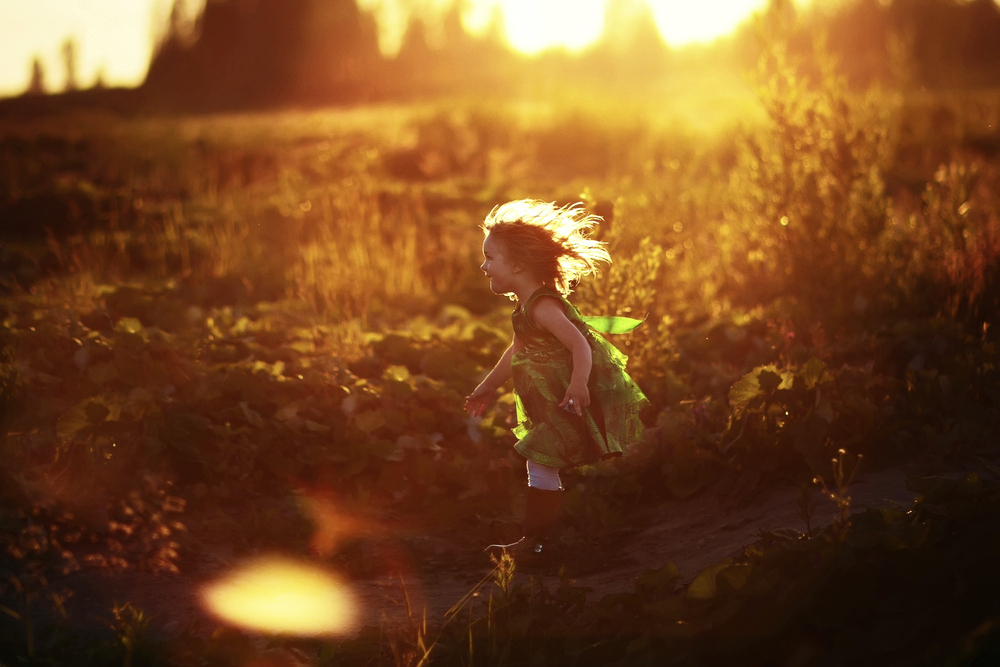If exercise was a living breathing thing, it would have its own talk show for the stellar things it does.
Its importance to physical health has been long established but in recent decades, there has been an ever expanding body of research that has demonstrated the importance of exercise to mental health, particularly in terms of its ability to reduce stress and depression.
Recently, a fascinating study has added to this research demonstrating the importance of exercise to cognitive function.
What They Did
The study was conducted over nine months and involve 221 children from 7-9 years old.
Half the children participated in an exercise program each day after school and the other half were placed on a wait list. All were measured on various cognitive functions and had brain scans before and after the exercise program.
The program involved short bouts of exercise over a two hour period, during which the children wore heart-rate monitors and pedometers.
The active periods totalled about 70 minutes per day.
What They Found
It was no surprise that the children in the exercise group became fitter by the end of the study. Their overall fitness increased by 6%, compared to less than 1% in the children on the wait-list.
Here’s where it gets really interesting. Children in the exercise group showed a substantial increase in attentional inhibition, which is the ability to block out distractions and focus on what they are doing.
Their cognitive flexibility – the ability to switch between tasks without losing speed or accuracy – also improved.
In comparison, children in the wait-list group showed minimal improvement – no more than would be typical of any child over an average nine month period.
‘Kids in the intervention group improved two-fold compared to the wait-list kids in terms of their accuracy on cognitive tasks,’ said Hillman. ‘And we found widespread changes in brain function, which relate to the allocation of attention during cognitive tasks and cognitive processing speed. These changes were significantly greater than those exhibited by the wait-list kids.’
‘Other research … has showed that the cognitive effects of their physical activity intervention are above-and-beyond those that are gained just through social interactions,’ added Hillman.
Given the proven benefits of social interaction for kids, anything that combines physical activity with a social environment, such as participating in a team sport, will be rich in reward for their growing brains as well, of course, as their growing bodies.



Leave a Reply